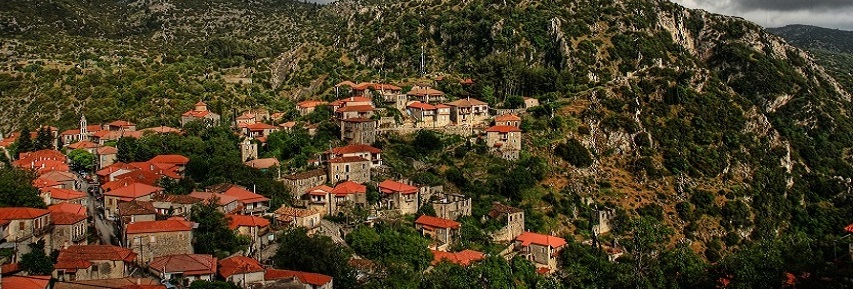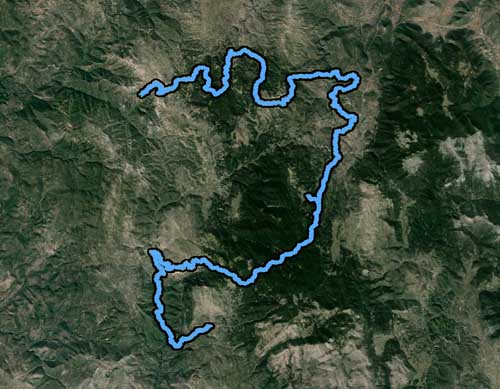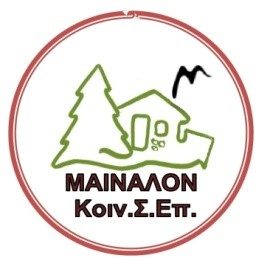Stemnitsa

Stemnitsa, the starting point of Menalon Trail, is the main hub for the Gortynian unity along with the region of Megalopolis. Stemnitsa stands at an altitude of 1080 meters and since it was built amphitheatrically on the slopes of mount Klinitsa, part of the Mainalon range, the village developed into a secluded and limited space. The core of the settlement is structured around the main road running through a kind of ledge, while the inhabited perimeter spreads on rocky outcrops, on shaded sites near the stream or on the sunny slopes above the square. The village is protected as a traditional settlement and almost all the houses are stone-built. The mansions are three-storey buildings with a square ground plan and the peasant’s homes were two-storey oblong constructions with a standard layout for animal stalls and storage rooms. Five large stone fountains provided Stemnitsa with drinking water. The central square is dominated by the church of Agios Georgios, built with the special permission of the Sultan within 73 days in 1810, with frescoes and murals by Fotis Kontoglou. The parish church is dedicated to Agia Paraskevi, other important churches are Panagia Bafero, Panagia Karea and Katagiorgis in the lower neighbour. In the upper part of the village, the late byzantine catholicon church of the Zodochos Pigi (or Chrisopigi) monastery is preserved in excellent condition, as are some outbuildings, which housed the school of Stemnitsa during the Turkish occupation in 1821 and the Peloponnesian Senate a bit later.
The area around the village was inhabited since ancient times and refers to the Arcadian Book of Pausanias as the “savage and brutal settlement of Ypsous”. The ancient settlement took its name from its mythological founder, Ypsounta, son of the legendary king of Arcadia, Lykaon. The name Stemnitsa probably dates to the Middle Byzantine period, when the Peloponnese received successive waves of settlers and means shady place in Slavic. Stemnitsa’s activity was oriented towards trade and workmanship of metals, such as silversmith, that became an important source of revenue. Today a goldsmiths’ School operates in the village.
An important center for organizing the revolution in the period of the 1821 war of independence, Stemnitsa served as headquarters of the First Peloponnesian Senate and first informal capital of the rebelled Greek nation.
Stemnitsa is the birthplace of several important scientists, politicians and other prominent personalities. Until recently Stemnitsa was the seat of the municipality of Trikoloni, today is part of the municipality of Gortynia. It has many accommodation and food options and noticeable commercial and tourist traffic.







